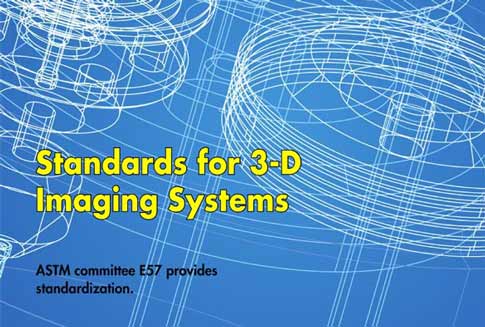Body

3-D Imaging TerminologyOne of the documents to come out of committee E57 was E2544-08 -- "Standard terminology for three- dimensional (3-D) imaging systems." What follows is an excerpt from the document of some of the 3-D imaging terminology. To keep the excerpt short, we have included the definition of just a few of the terms listed.3.2 Definitions of terms specific to this standard 3-D imaging system--a noncontact measurement instrument used to produce a 3-D representation (e.g., a point cloud) of an object or a site.
Angular increment--the angle between samples, Da, where Da = ai- ai-1, in either the azimuth or elevation directions (or a combination of both) with respect to the instrument’s internal frame of reference
|
…
Want to continue?
Log in or create a FREE account.
By logging in you agree to receive communication from Quality Digest.
Privacy Policy.
Comments
Add new comment